The Route of the Romanesque: discover the Valleys of Sousa, Tâmega and Douro
Combine history with adventure and be conquered by The Route of the Romanesque, which crosses the Sousa, Douro and Tâmega valleys. There are monuments and routes for all tastes.
Style closely linked to the genesis of the Portucalense County, whose independence was conquered in 1139, the Romanesque left a priceless heritage, mainly connected to the religious and military component. But there is much more to unravel in the Valleys of Sousa, Douro and Tâmega. Take up the challenge of All About Portugal and go even further: draw a road map in Northern Portugal filled with history, adventure and breathtaking landscapes. The Route of the Romanesque represents an irresistible invitation to fall in love even more with that region of the country: will you be able to resist? Complete this tour with a passage through some of the 58 monuments that make up this route.
Castro of Monte Mozinho, Penafiel
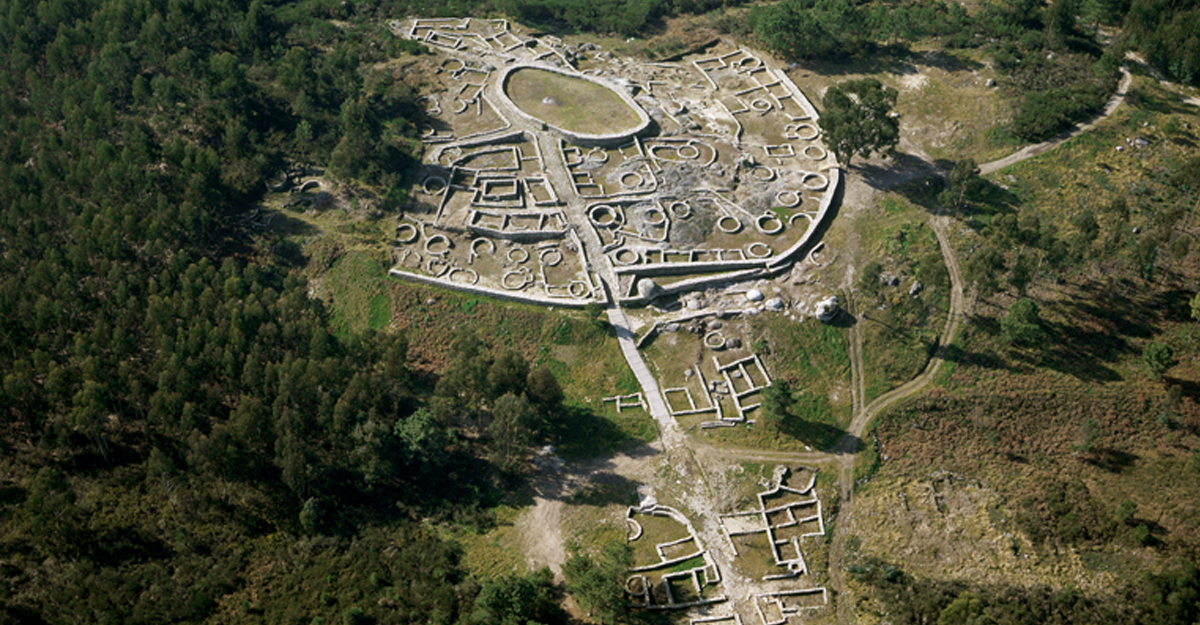
It is one of the highlights of the Roman occupation in the more northerly parts of the Iberian Peninsula. Settled between the 1st and 5th centuries AD, it helps to draw the contours, particularly urban, of the region in former times. Here, the complex Roman dwellings, an acropolis and two lines of walls stand out. To complete the "lesson", be sure to visit the Penafiel Municipal Museum, where you can admire the spoils found in the Castro.
Interpretation Centre of the Romanesque, Lousada
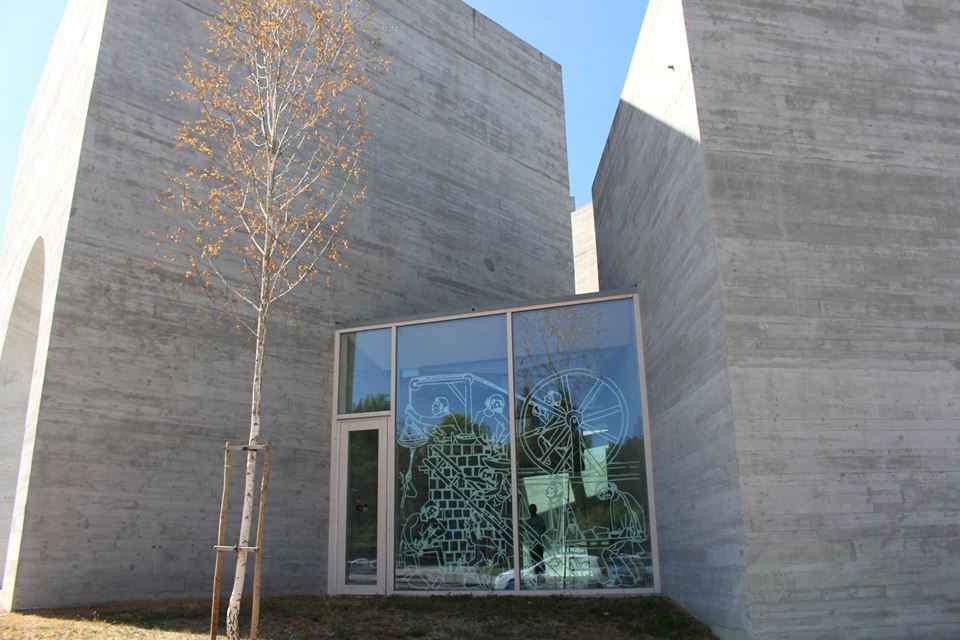
Also a must-see is the Interpretation Centre, opened in 2018. A perfect "marriage" between the present and the Romanesque, the space contains exhibitions, specialized information and even interactive moments. Ideal for a family visit, the Centre has a variety of programmes and activities for all ages that combine learning with fun. In terms of architecture, the building still echoes the size and shape of the monuments that mark the Romanesque style.
Tâmega Ecotrail, Amarante - Arco de Baúlhe
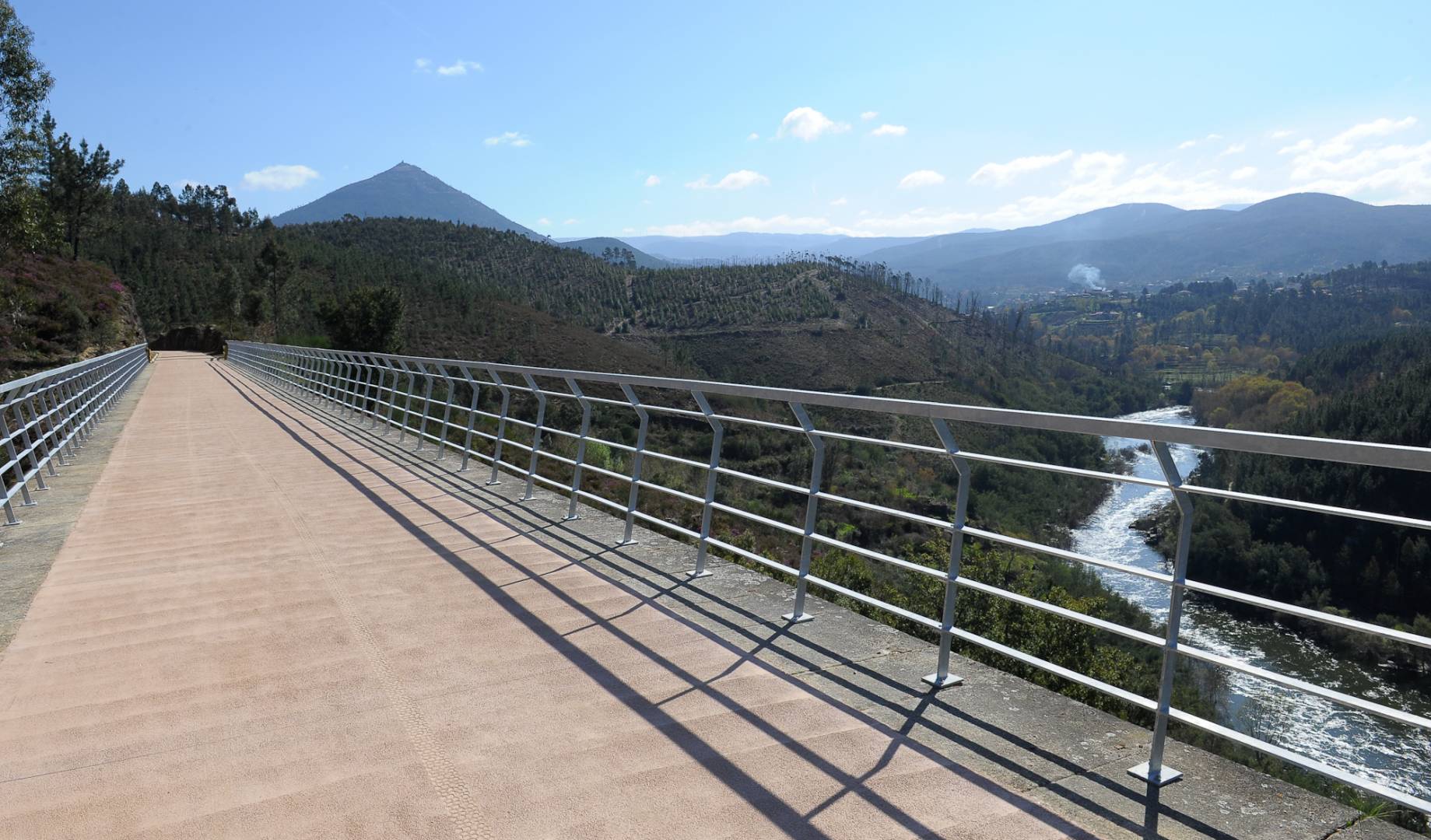
How about venturing down the Romanesque Route pedalling? Part or all of the Tâmega Ecotrail is one of the best challenges to one's resistance. It is 39 kilometres, between Amarante and Arco de Baúlhe, following one of the most beautiful railway lines in the country. Let yourself be enchanted by the natural landscape, often beside the Tâmega River, as well as by the villages and bridges that come your way. It will be difficult to resist stopping and photographically record this true northern treasure.
Archaeological Site of Freixo - Tongobriga

Thermal baths, necropolises and even a theatre: there are many housing features that resist the passage of time in the Archaeological Site of Freixo, in the Tongobriga Gallaeci-Roman settlement. Old roads are visible, highlighting Tongobriga's role as one of Lusitania's main urban centres. The visit to the space can be done freely or with a guide, and there are some pedagogical activities. Nearby, you can visit São Martinho de Soalhães Church and Salvador de Tabuado Church.
Pão de Ló de Margaride Factory, Felgueiras
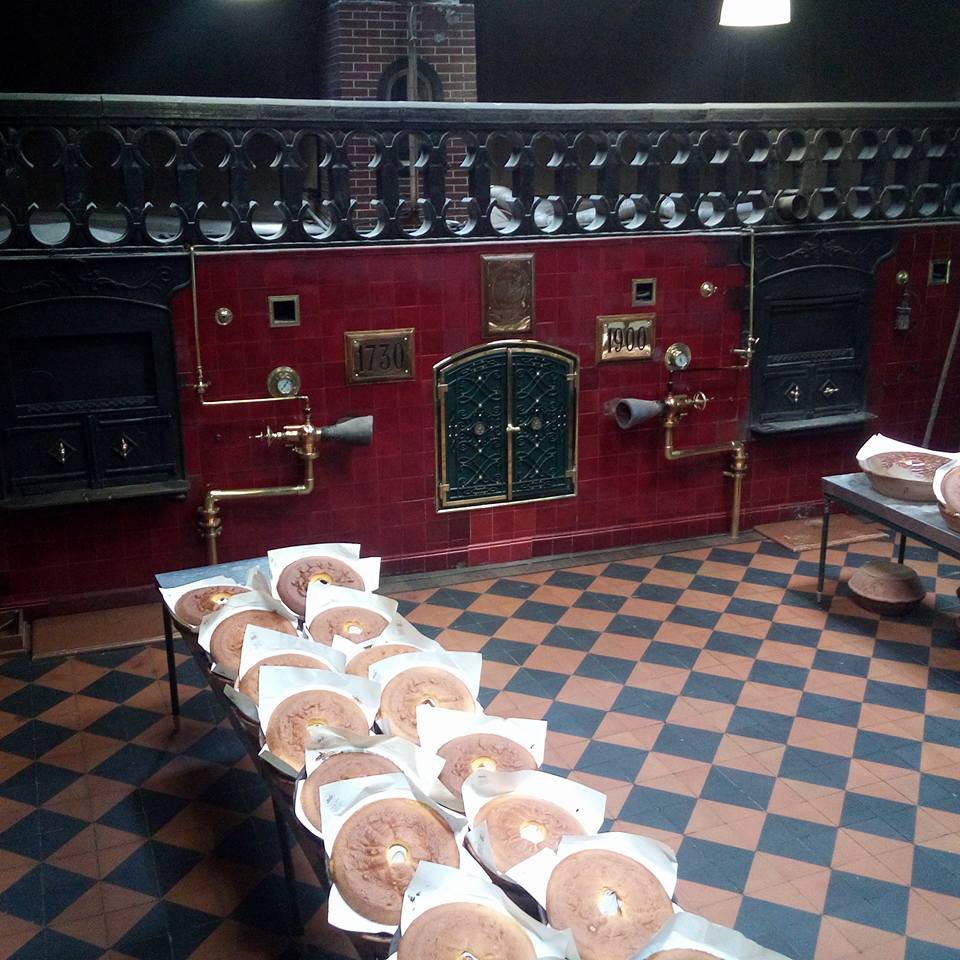
The Pão-de-Ló (traditional Portuguese sponge cake) is not just for holidays. Sweeten this itinerary with a visit to the Pão de Ló de Margaride Factory, one of the most unmissable places in the north when it comes to confectionery. The production continues to be mainly handmade, and the history of the space began to be written in the early eighteenth century. Shortly thereafter, in 1888, it was appointed Provider of the Portuguese Royal House. In addition to the pão-de-ló, be sure to taste the traditional "cavacas".
Golfe de Amarante - Quinta da Devesa
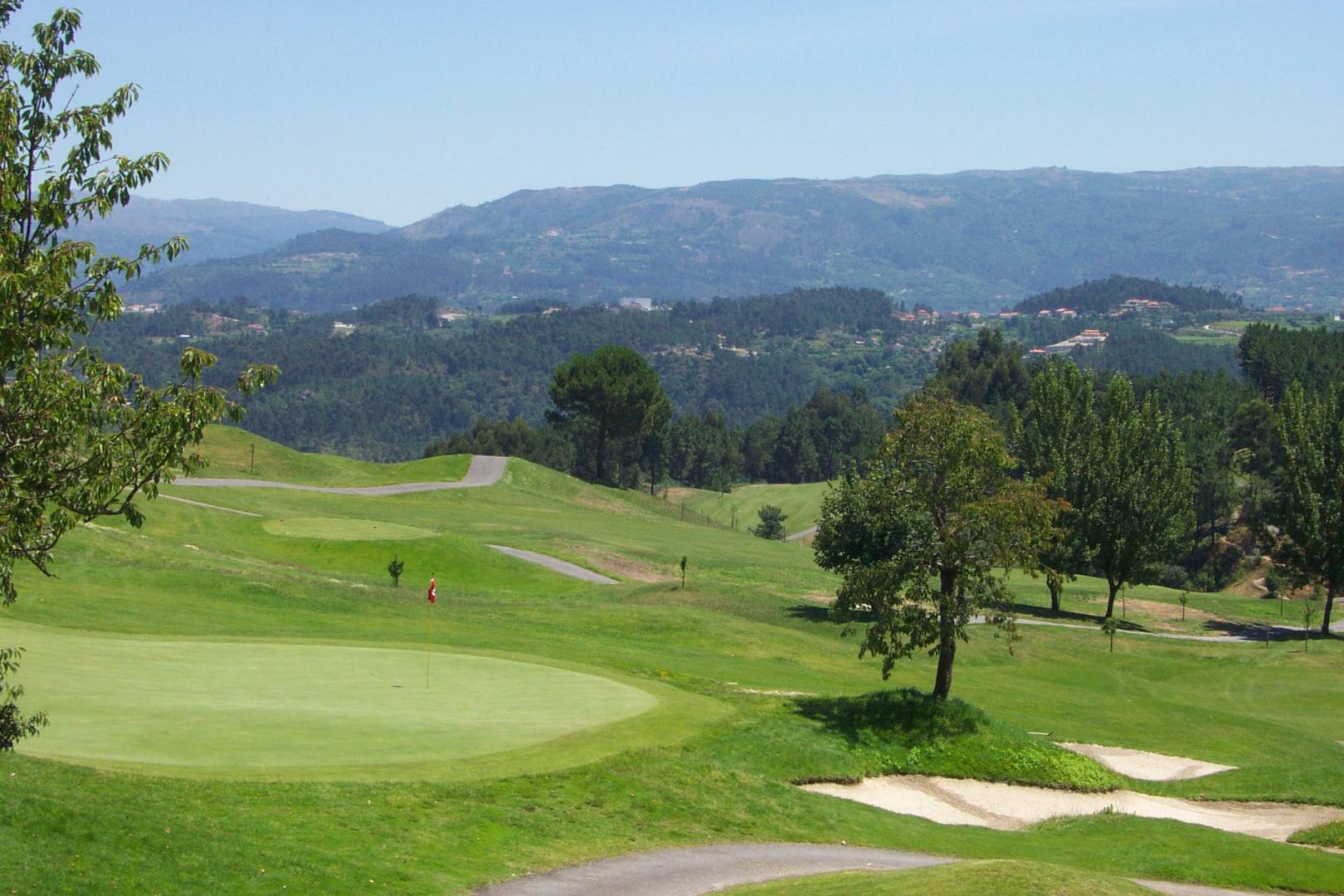
Add some adrenaline to your itinerary. Golfing becomes even more special when you have the backdrop of the Tâmega River and Serra do Marão. Integrated in Quinta da Devesa, near Amarante, this is a must-see for anyone who can't resist dreaming of a "Hole in One". In addition to golf, there are other unmissable sites included in the territory of Sousa, Douro and Tâmega, like trails for mountain biking, the Amarante Water Park, and Magikland in Penafiel.
Ilha dos Amores, Castelo de Paiva

Also known as the Island of the Castle, Ilha dos Amores (Island of Loves) is one of the must-see places in Castelo de Paiva. Where the rivers Douro and Paiva meet, springs this small and idyllic island, capable of inspiring love stories and artists of all kinds. Let yourself be conquered by this enchanting, deserted and insta-worthy paradise, and get to know the legends that tell of that heavenly place. If you are ready for a more radical challenge, take advantage of the water sports offer.
Senhora do Salto Park, Paredes
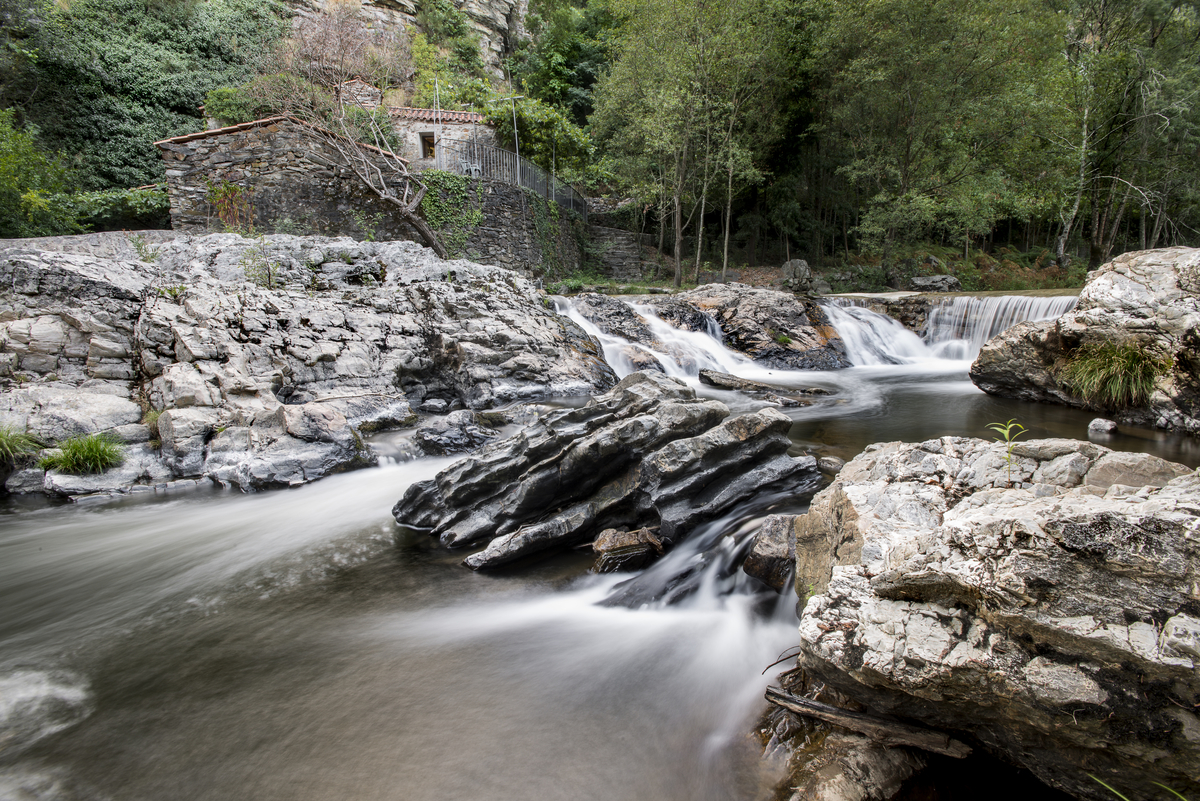
The Senhora do Salto Park is a mandatory stop for those who like nature. Wrapped in great mysticism, it is incredibly beautiful and multifaceted: it has majestic geological features, namely rappelling and climbing cliffs, walking paths, and privileged views. If you are a bird watching fan, bring the necessary supplies and try to find a peregrine falcon or an Eurasian crag martin, among others. Complete this journey with a visit to the Senhora do Salto Interpretation Centre.
Freixieiro Park, Castelo de Paiva

In addition to a campsite and a river beach, you will also find an urban park to recharge your energy, in Celorico de Basto. There is a picnic area, a lake with several "inhabitants" and a playground, among other areas. You can also enjoy the walking routes for a jog or a run. Along the Park you will find restored mills and norias, as well as a playground and other leisure activities.
Porto de Rei River Park, Resende
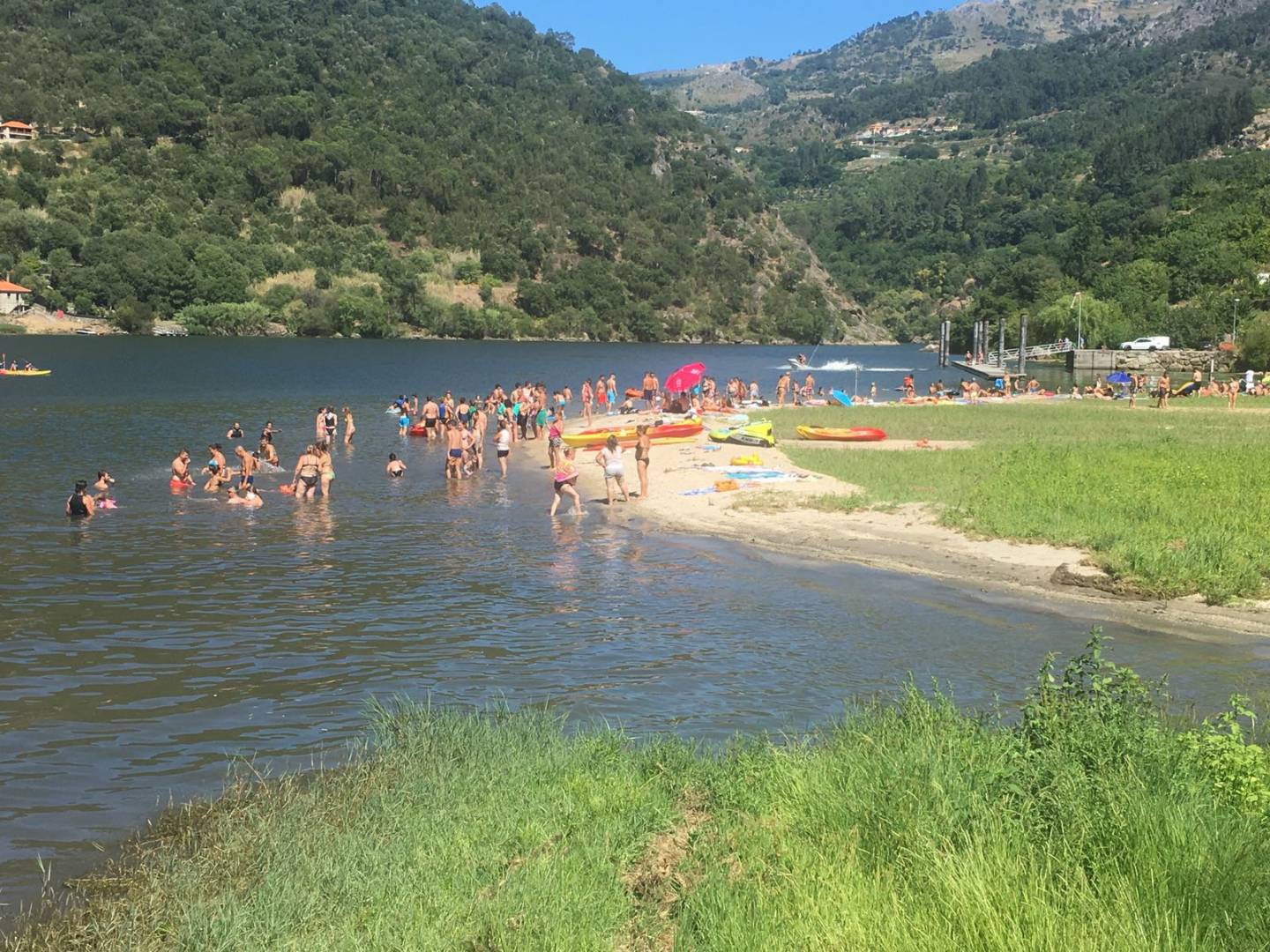
Finish this itinerary with a flourish, in one of the river beaches inserted in the territory of the Romanesque Route. You can choose between the river parks of Cinfães, Marco de Canaveses and Resende, the latter here in the image. In Porto de Rei River Park there are many recreational activities available, as well as a swimming pool and a picnic park. To further beautify your dives, let yourself be conquered by the surrounding Douro landscape, with its many green spaces. It is a river beach with "Blue Flag" and surveillance.
Recommended

